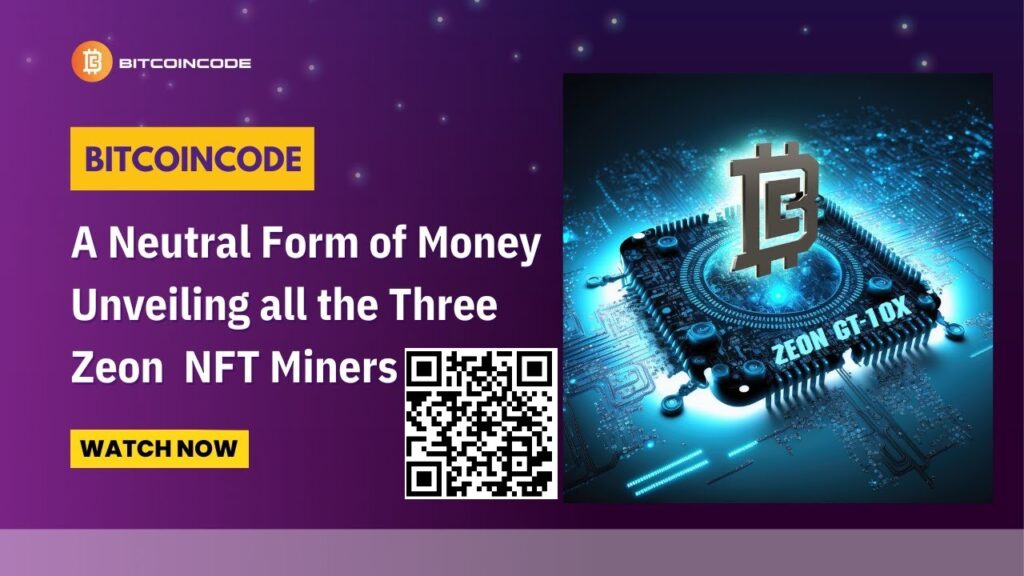
In the ever-evolving landscape of cryptocurrencies and blockchain technology, there exists a plethora of options for investors and enthusiasts alike. However, amidst the chaos of trends and hype, it’s crucial to distinguish between projects with substance and those merely riding the waves of speculation. Today, we delve into the essence of blockchain’s promise, exploring why some chains stand out while others fade into obscurity.
Imagine a world where financial systems operate without the influence of centralized authorities, where transactions are transparent, secure, and immutable. This is the vision that Bitcoin, the pioneer of blockchain technology, introduced to the world over a decade ago. But what sets certain chains apart from the rest? Let’s unravel this mystery one layer at a time.
In a recent discussion, a question arose: why is one blockchain different from another? The answer lies in understanding the fundamental principles of decentralization and transparency. Take a moment to examine the top 20 cryptocurrencies displayed on the screen. Notice the distinction between projects with and without insiders.
Insiders, represented in red, signify individuals or entities who obtained access to tokens at discounted rates. This insider advantage skews the playing field, leaving retail investors vulnerable to manipulation and exploitation. Bitcoin’s absence from this list serves as a testament to its decentralized nature, free from the influence of insiders and institutional control.
Reflect on past instances where early access to tokens reaped significant profits for insiders. Did you have the opportunity to acquire Ethereum when JP Morgan did? Or BNB during Binance’s infancy? These examples underscore the disparity in access and highlight the importance of a level playing field.
Central to this discussion is the concept of hope – the ultimate emotion driving human endeavors. Hope transcends fear, greed, and uncertainty, guiding us towards a better future. It’s the driving force behind our actions, propelling us forward in the face of adversity.
Consider the journey of individuals like Chavez, navigating the complexities of life with unwavering hope. Despite setbacks and challenges, hope remains a constant companion, fueling dreams and aspirations. In the realm of cryptocurrencies, hope manifests as belief in the transformative potential of blockchain technology.
Bitcoin embodies this hope, serving as both a preacher and a teacher in our journey towards financial liberation. Its resilience in the face of adversity speaks volumes about the power of decentralized systems. Institutions may hesitate to embrace this paradigm shift, but the tide is turning, ushering in a new era of decentralized finance.
As we peer into the future, the rise of blockchain technology seems inevitable. Whether it’s the adoption of driverless cars or frictionless payment systems, the possibilities are endless. We stand at the cusp of a revolution, where centralized structures give way to decentralized networks.
But amidst the optimism, caution prevails. We must tread carefully, discerning between genuine innovation and empty promises. The emergence of projects like BTC20 underscores the importance of diligence and scrutiny in the cryptocurrency space.
BTC20 represents more than just a token – it’s a symbol of hope for a decentralized future. By leveraging audited smart contracts and embracing the principles of transparency and fairness, it seeks to redefine the way we perceive blockchain technology.
In conclusion, the journey towards decentralization is fraught with challenges and uncertainties. Yet, it’s driven by a singular emotion: hope. As we navigate this uncharted territory, let us remember the lessons of the past and remain steadfast in our pursuit of a better tomorrow. Together, we can build a future where decentralized systems empower individuals and communities worldwide.
Leave a Reply